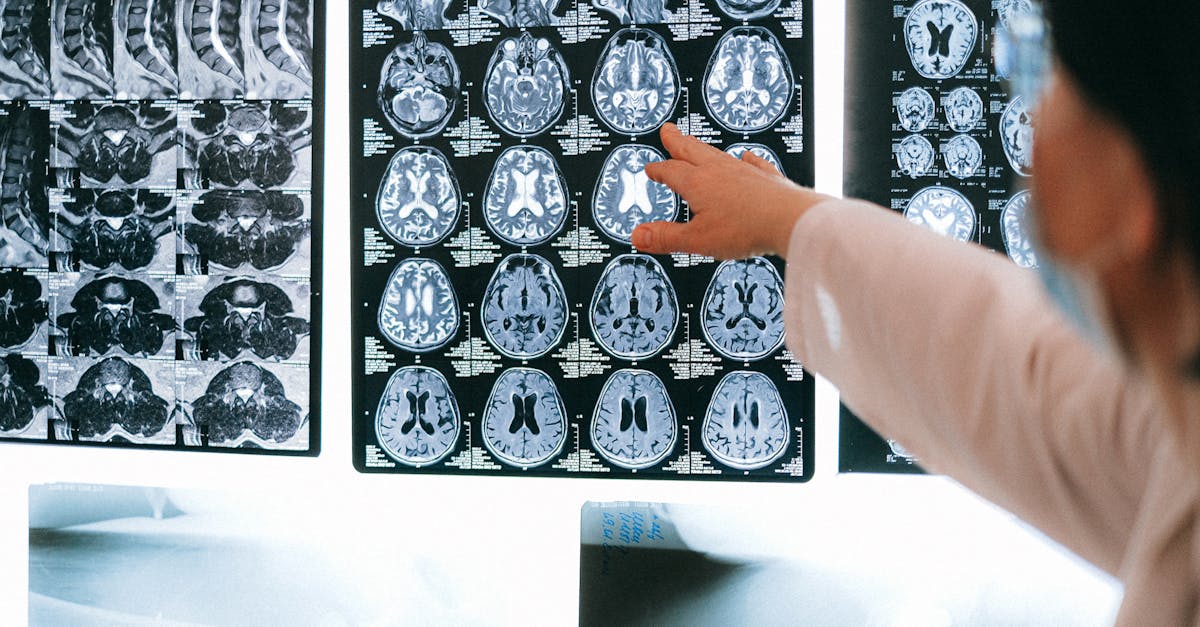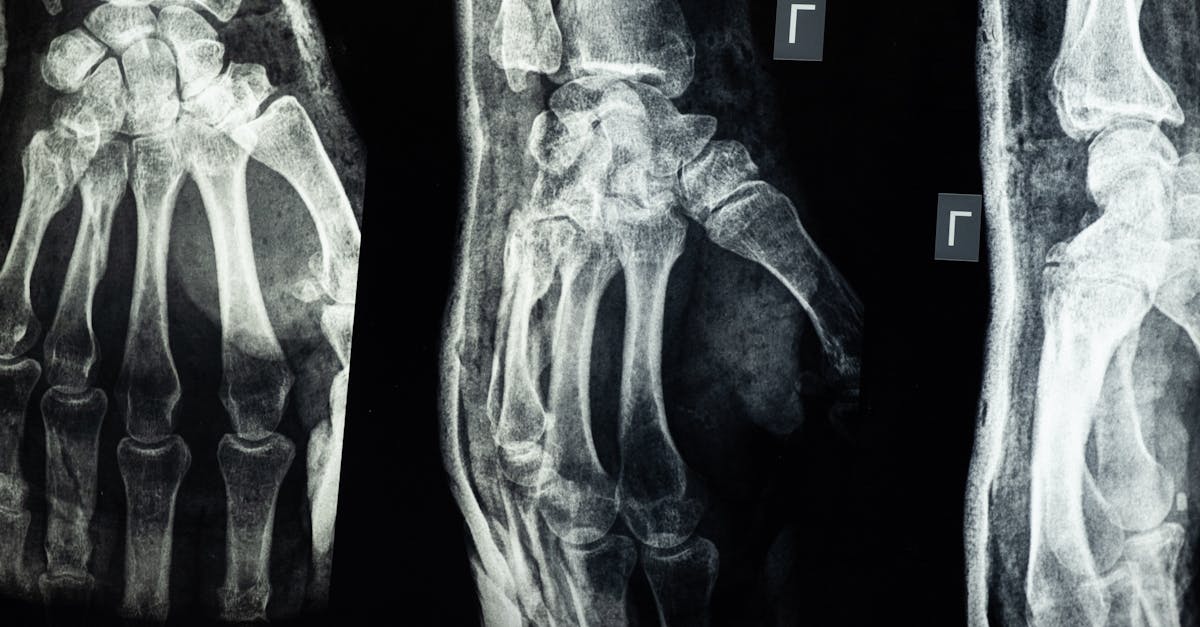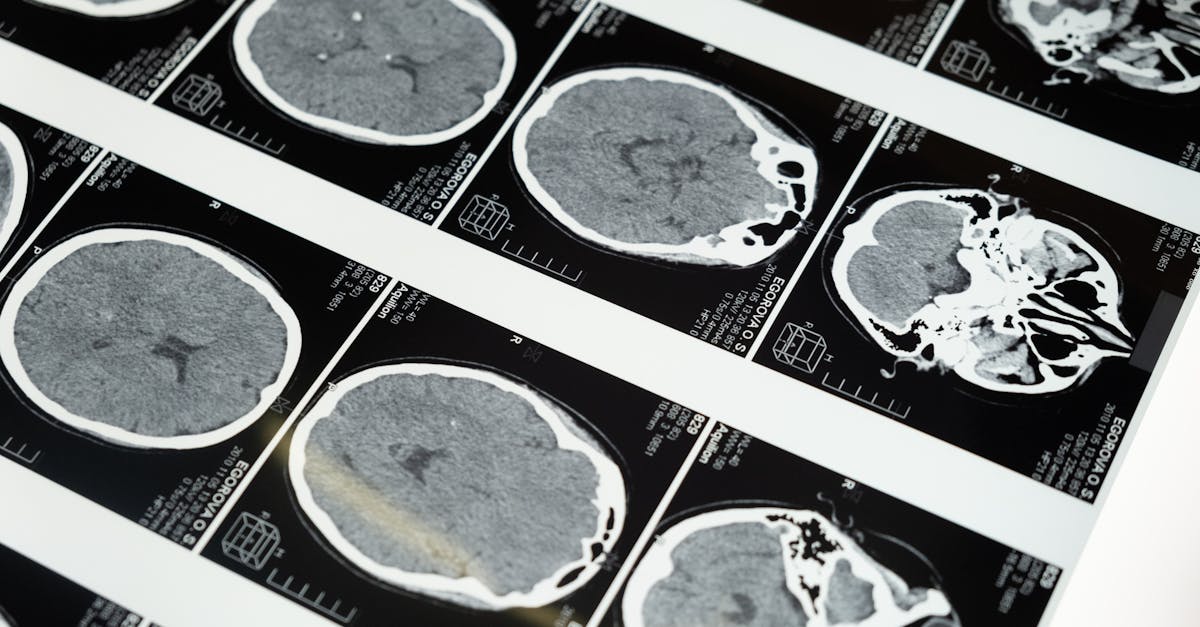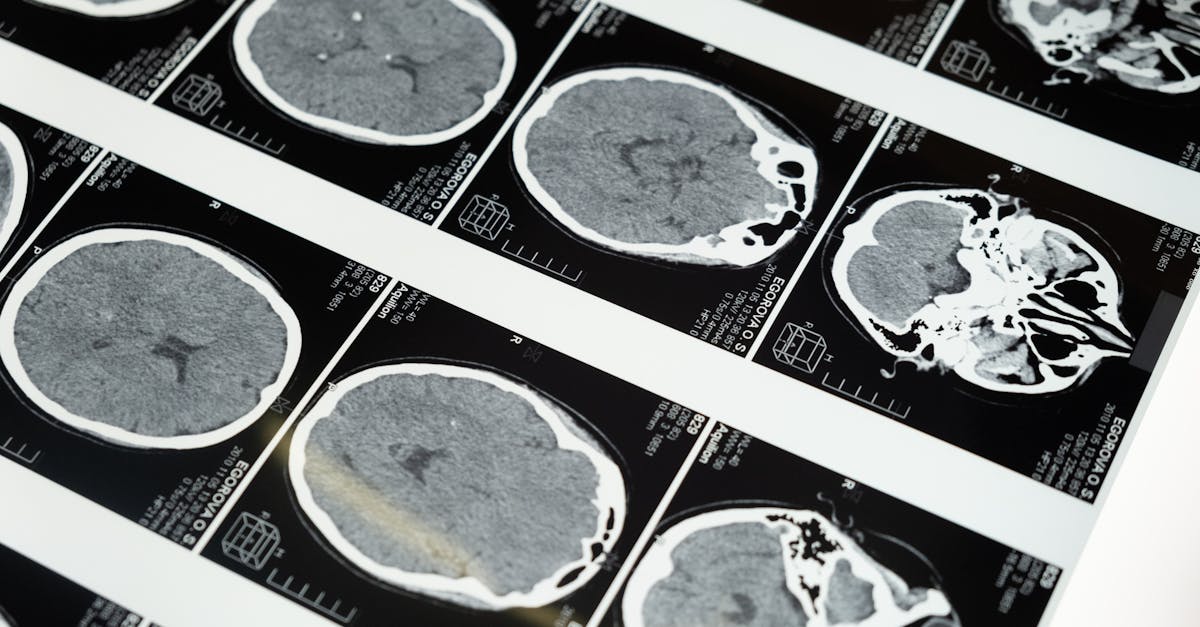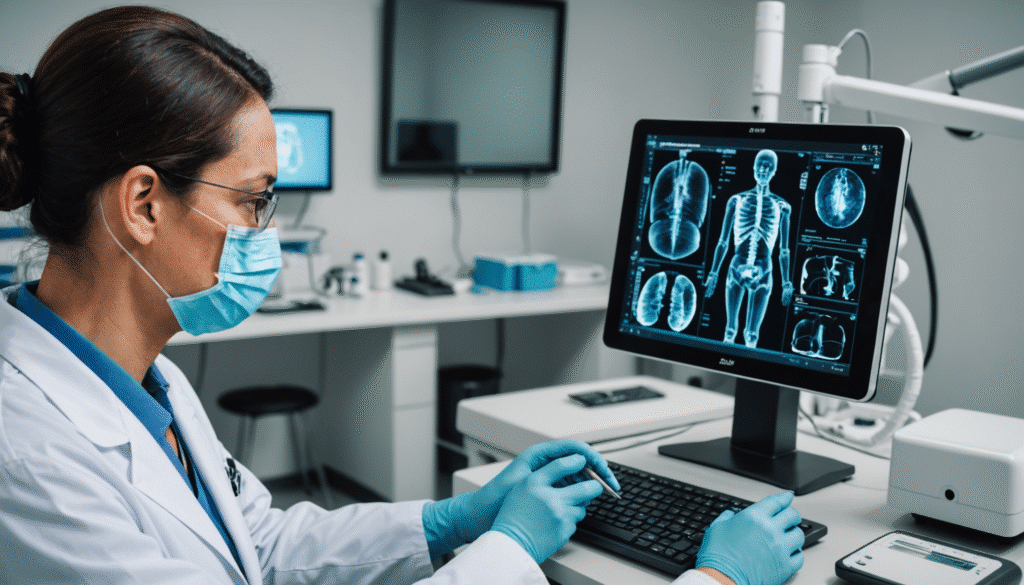Interventional radiology has significantly transformed the medical landscape by offering minimally invasive treatment techniques. Thanks to its constant evolution, this specialty has improved the radiological success rate while reducing the length of hospital stay for patients. Interventional radiology procedures allow for the treatment of various conditions without resorting to conventional surgical methods, thus providing safer and less traumatic solutions. This has a significant impact on patient well-being and on the efficiency of healthcare systems.
By analyzing the medical impact of these techniques, particularly their advancements and the challenges to be overcome, we discover how they directly influence hospital stays. The various radiological techniques, ranging from image-guided biopsy to aneurysm management, demonstrate promising efficacy in many clinical cases. A discussion about the brands of medical devices and medical imaging systems used for these procedures also enriches our understanding of the issues related to current treatments.
Evolution of Interventional Radiology
In recent years, interventional radiology has made remarkable progress. The newly developed techniques, such as embolization and thermotherapy, ensure that patients receive treatments that are both effective and less invasive. The development of new medical imaging systems has also played a crucial role in improving clinical outcomes, allowing physicians to visualize the areas to be treated with increased accuracy.
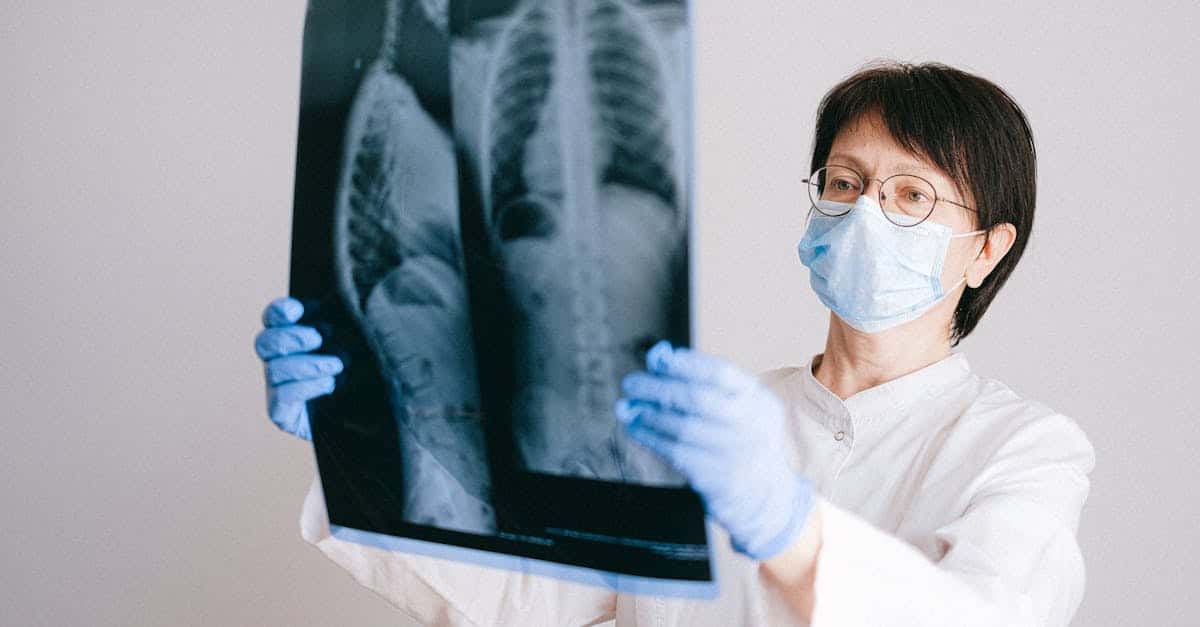
Modern Techniques and Their Applications
The modern techniques in interventional radiology are diverse and tailored to many pathologies. For example, the use of magnetic resonance imaging (MRI) and ultrasound has achieved high radiological success rates in cancer treatment. These less invasive procedures reduce postoperative pain and complications, leading to a shortened length of hospital stay for patients. Cancer treatments, such as radiofrequency, allow for targeted treatment of tumors without damaging surrounding tissues. Furthermore, these techniques offer the possibility of regular monitoring, enabling quick assessment of treatment responses.
Impact on Length of Hospital Stay
Reducing the length of hospital stay is one of the most significant benefits of interventional radiology. By offering treatment options that allow for early patient discharge, both the quality of life improves and the costs for healthcare systems decrease. Studies show that patients undergoing radiological interventions spend much less time in intensive care compared to those undergoing open surgical procedures.
Comparison Between Traditional Surgery and Interventional Radiology
When comparing traditional methods with those of interventional radiology, the results often favor the latter. The complexity of classical surgical procedures, combined with the risks of infection and postoperative complications, make these options less appealing. Conversely, interventional radiology treatments that use image-guided approaches reduce these risks, resulting in shorter hospital stays and faster recovery. Patients suffering from cerebral aneurysms, for example, can benefit from innovative interventional techniques that offer treatment solutions requiring only one night of hospitalization.
Challenges of Interventional Radiology
Despite the many advantages, interventional radiology faces various challenges, particularly concerning the interpretation of results and the qualification of personnel. The challenges in interpretation of results can lead to complications or therapeutic failures. Rigorous training is therefore essential to ensure quality care. One of the main challenges is related to the diversity of medical device brands available on the market, which makes standardizing practices complex.
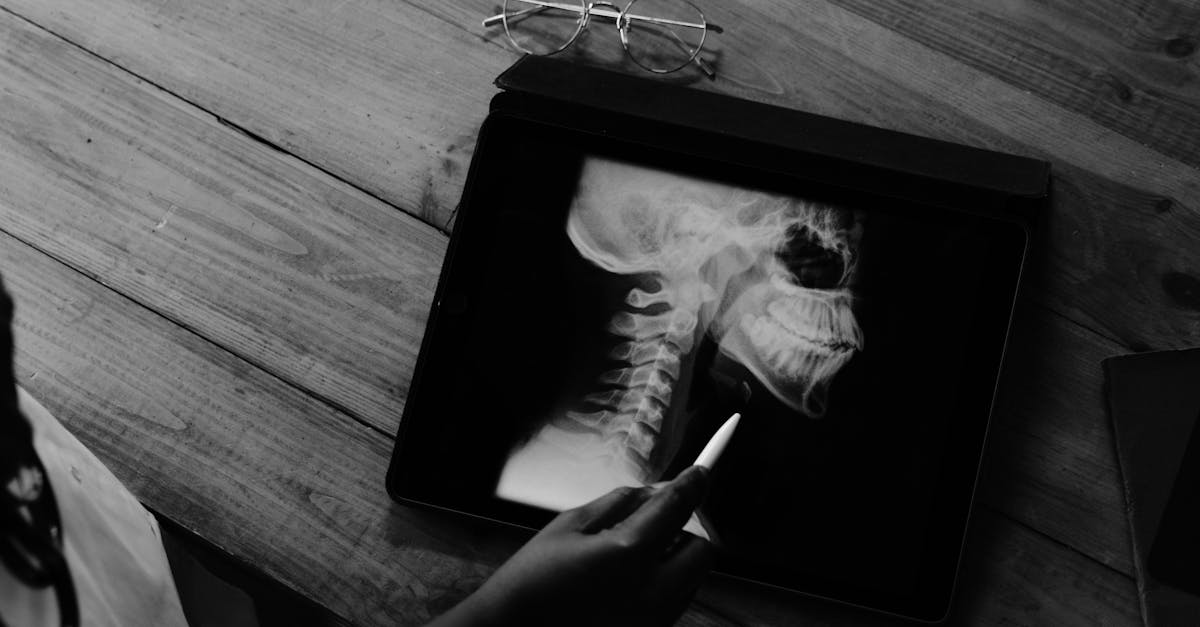
Training and Qualification of Practitioners
To navigate the complex world of interventional radiology, medical staff must be continuously trained and certified. Technological advancements require a permanent adaptation to new techniques and equipment. Moreover, interdisciplinary collaboration is essential to adequately prepare medical teams in terms of safety and efficacy of procedures. Continuing education programs and specialist exchanges are necessary to maintain a high level of competence.
Future Perspectives for Interventional Radiology
The future perspectives for interventional radiology seem promising, with ongoing research on the integration of new technologies and treatment methods. In particular, the use of artificial intelligence to optimize radiological techniques could lead to further improvement in the radiological success rate. Advanced algorithm systems can analyze images in real time, helping to guide interventions and reduce associated risks.
Integration of Innovative Technologies
With the emergence of new technologies, interventional radiology is constantly evolving. To maintain a competitive edge, healthcare facilities must invest in research and development of cutting-edge equipment. The integration of AI and robotics in this field opens new perspectives, making certain procedures more precise and less risky. By analyzing the impact of these advancements on the length of hospital stay, we can anticipate a significant reduction in wait times and improved access to care for patients.
| Technique | Length of hospital stay (in days) | Success rate (%) |
|---|---|---|
| Open surgery | 5-7 | 75 |
| Interventional radiology | 1-3 | 90 |
For more information on the successes of interventional radiology, you can consult this link. Advances in minimally invasive treatment will further enhance the patient experience. Ongoing studies focus on researching new radiological techniques that expand treatment possibilities and reduce the length of hospital stay. The opportunities offered by innovation and collaboration among different healthcare stakeholders are immense.
By exploring the challenges ahead, we find that continuous training, knowledge exchange, and the development of common practice standards are crucial elements for maximizing the benefits of interventional radiology for patients. The role of medical devices and medical imaging systems should not be underestimated, as they are at the heart of the evolution of this discipline. Brands like Siemens and Philips play a key role in this dynamic, providing solutions that meet the growing demands of modern healthcare.



